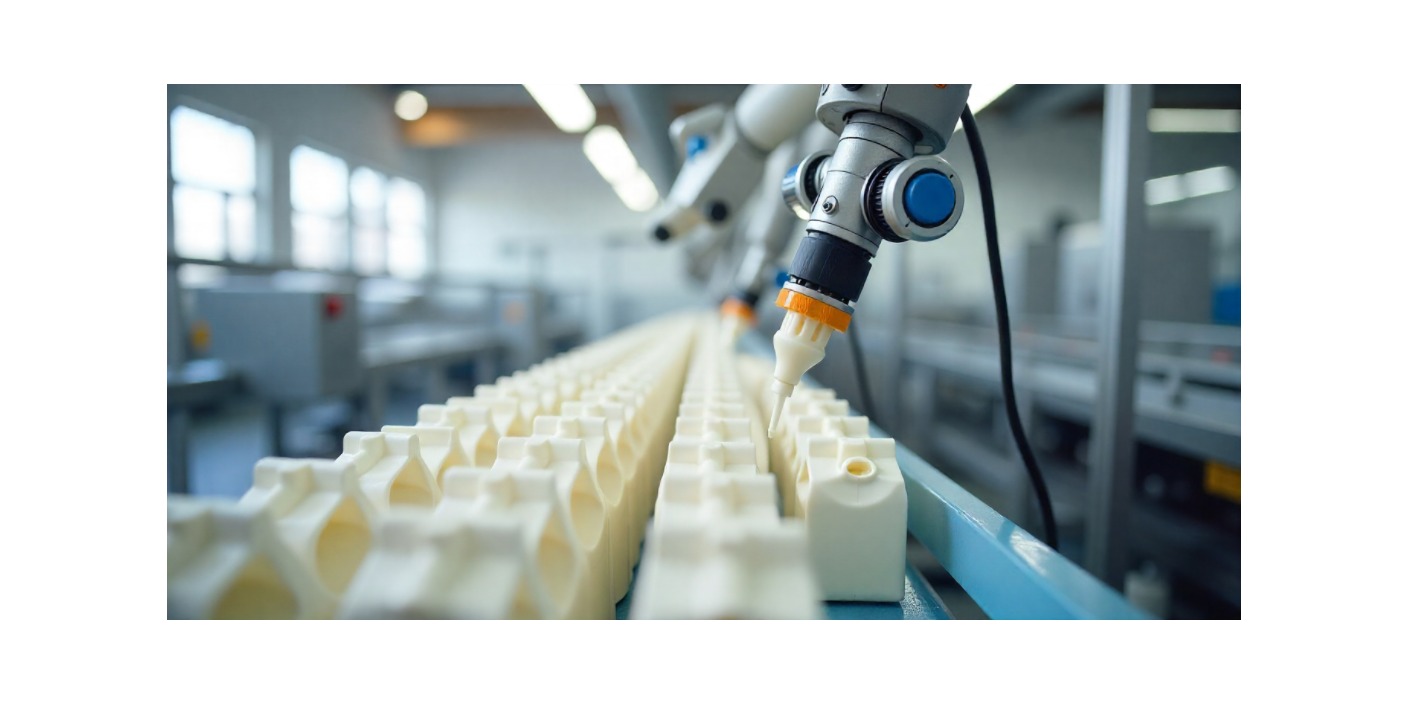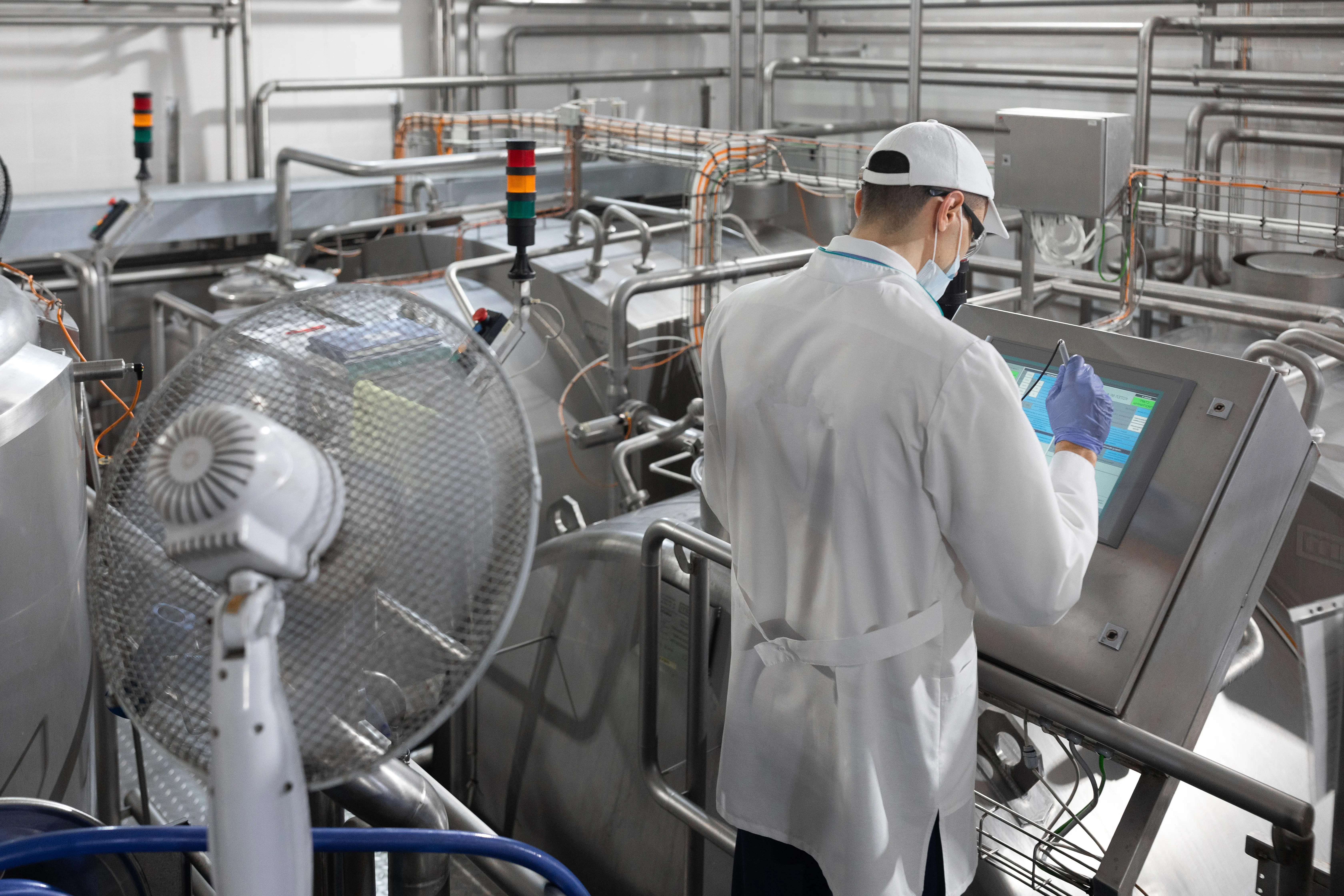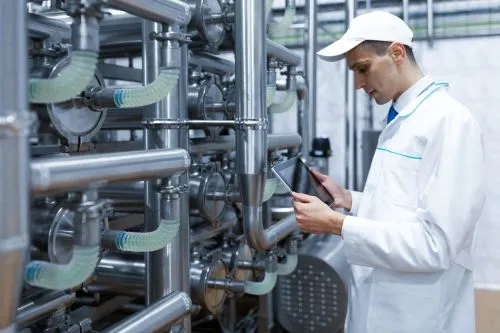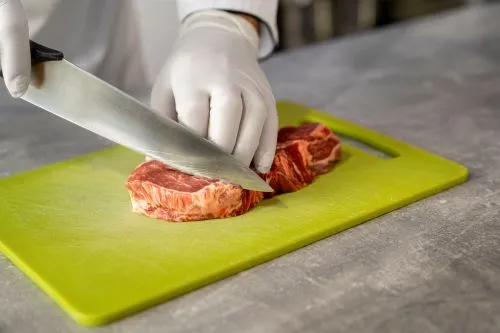499

Automation in dairy processing has become essential for maintaining competitiveness amid rising costs and increasingly strict quality requirements. From the milk reception phase to packaging, the integration of modern equipment helps reduce losses, ensure full traceability, and guarantee superior food safety.
According to Eurostat (2024), over 68% of medium and large dairy processing units in Romania have implemented at least one automation system in the past five years. The most widely adopted technologies include temperature and pH sensors, SCADA systems, automated CIP (clean-in-place) lines, and computer-controlled dosing of lactic cultures.
Beyond minimizing human error, automation enables the optimization of energy use and raw material efficiency. For instance, the use of flow and pressure sensors has led to savings of up to 12% in pasteurization and ultrafiltration processes, according to IDF studies.
Integration with ERP systems and digital production management platforms allows processors to respond quickly to market demands, reduce time-to-market, and maintain consistent quality in line with international standards (IFS, ISO 22000, BRC).
(Photo: Freepik)





